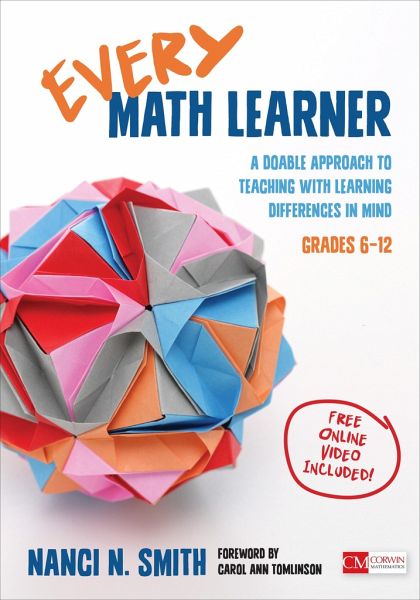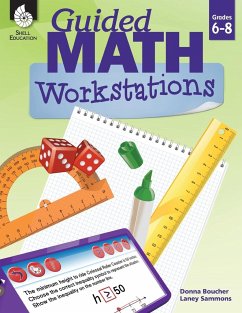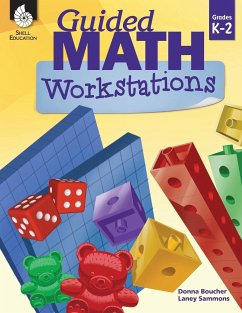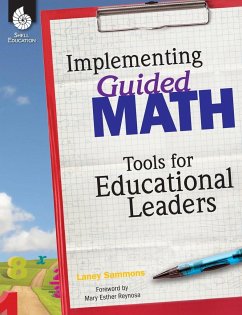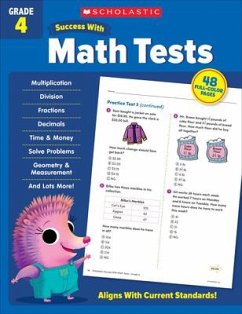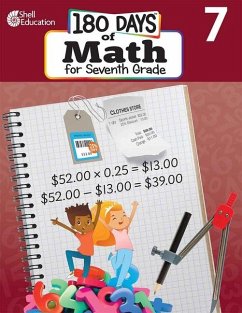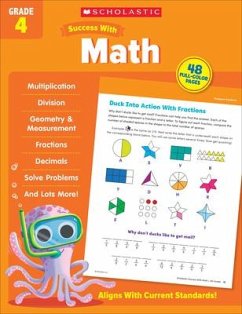Nanci Smith, founder of Effective Classrooms Educational Consulting (E2C2), is currently a full-time consultant in the areas of differentiated instruction, curriculum, Common Core State Standards, and mathematics. Also ASCD faculty in the differentiated instruction cadre, and a Solution Tree consultant and author on two books in press, Nanci has provided professional development in small, large, urban, rural, and suburban districts in 47 states, as well as the Netherlands, Singapore, and Japan. She has presented at conferences and institutes in Southeast Asia, Europe, and the Middle East, and has helped develop high-quality curriculum in the Philippines. Smith is the math consultant and author of the User¿s Guide for ASCD¿s Meaningful Math: Leading Students Toward Understanding and Application DVD series and has developed a CD/DVD-based professional development series for middle school math teachers. Her classroom was featured in ASCD¿s video series At Work in the Differentiated Classroom. She authored a chapter in the ASCD book Differentiation in Practice, Grades 5 - 9, as well as assorted lessons in other ASCD books on differentiation.
